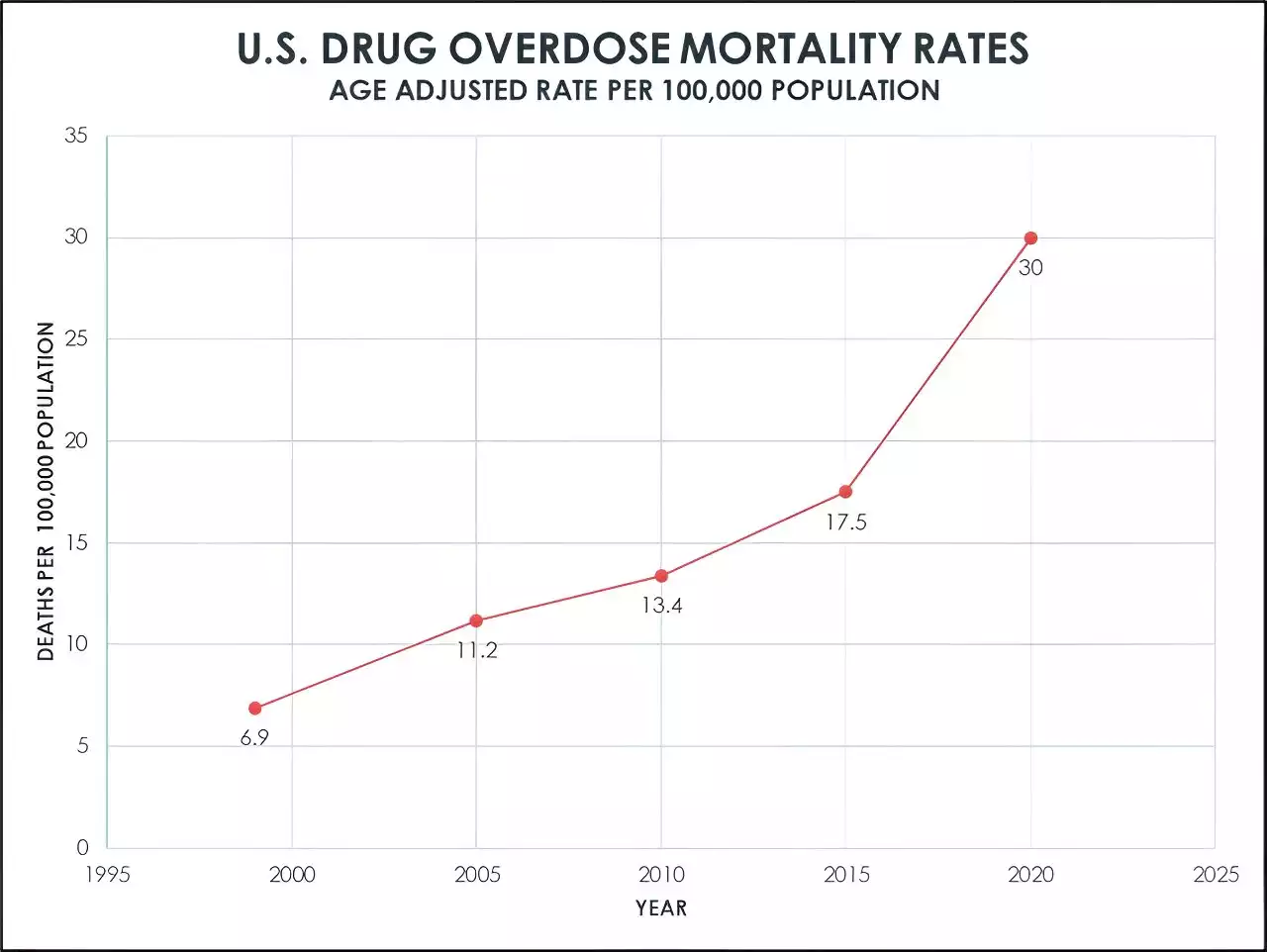The United States is experiencing its highest overall death rates in more than a century, fueled in part by drug overdose mortality. The origins of the current epidemic are due, at least in part, to a 1986 World Health Organization pronouncement that pain treatment is a universal right. As such, cancer pain treatment guidelines were developed, which included the provision of opioids. In 1995, OxyContin was approved for the management of pain, paving the way for widespread prescription of opioids.
for the health of the general public," said Allison Ferris, M.D., second author, chair of the Department of Medicine, and program director of the internal medicine residency program, FAU Schmidt College of Medicine.
"To reduce risks of overdose, addiction care should be integrated into the practice of all health care providers regardless of specialty, and training in this area should be further incorporated intoThe authors note that one immediate challenge is to encourage all providers and state medical societies to ensure the widest distribution and availability of over-the-counter naloxone, an opioid receptor antagonist that rapidly reverses or blocks the effects of opioids, restores normal...
In addition, the authors stress that more focused interventions will better equip health care providers to adequately assess patients for addiction care and assist those patients in gaining access to such care. "Public health authorities should collaborate with federal, state and judicial systems to treat patients who have drug use disorders in the same way as patients who have a serious chronic disease to avoid premature death," said Charles H. Hennekens, M.D., Dr.
For the study, researchers used data from the U.S. Centers for Disease Control and Prevention's Wide-ranging Online Data for Epidemiologic Research and Multiple Cause of Death files from the National Center for Health Statistics.Tarek Ghaddar et al, Evolving Trends in U.S. Mortality from Opioid Overdose: Heroin and Beyond,
